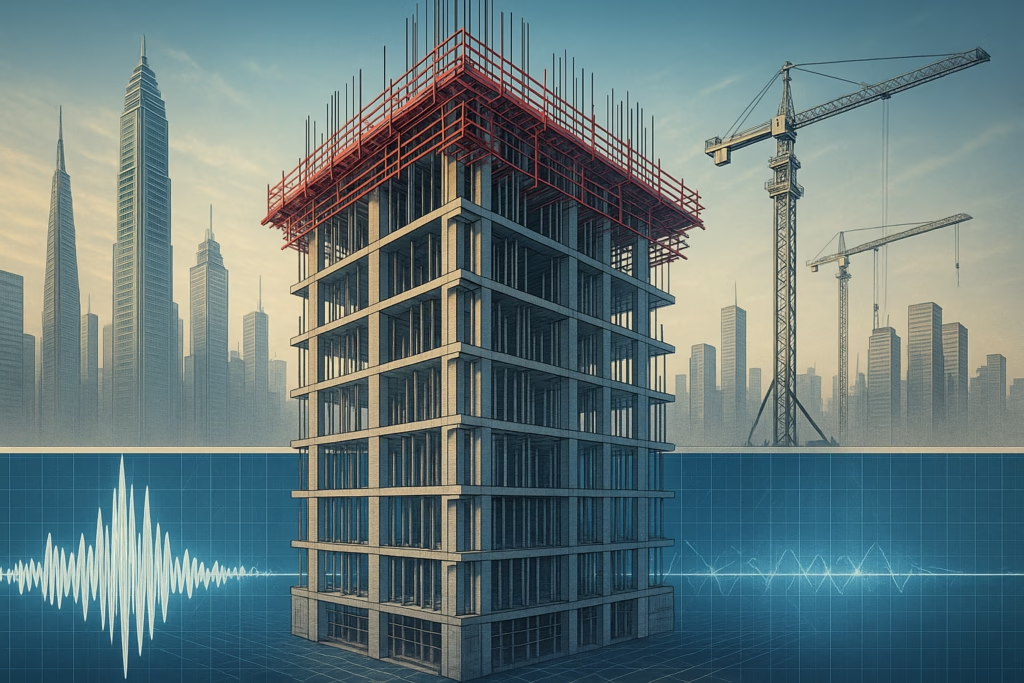
Earthquakes rank among the most destructive natural disasters, causing extensive damage and loss of life. When building in seismic-prone areas, using high-quality reinforcement like RDTMT’s TMT bars is essential to ensure safety and resilience.
Seismic zones are geographical regions classified based on their susceptibility to earthquakes. These classifications guide engineers in designing structures capable of withstanding seismic forces.
TMT (Thermo-Mechanically Treated) bars are high-strength steel reinforcement bars treated through a specialized heating and cooling process. RDTMT’s TMT bars offer enhanced durability and flexibility ideal for seismic applications.
RDTMT’s TMT bars combine exceptional tensile strength with ductility, allowing structures to bend without breaking under seismic loads.
Protected by a dense outer layer, RDTMT’s TMT bars resist corrosion, ensuring long-term integrity even in harsh environments.
Ensure bars comply with IS 1786 (Bureau of Indian Standards) for earthquake-resistant reinforcement.
In seismic-prone regions, investing in RDTMT’s high-grade TMT bars and following best construction practices ensures buildings withstand earthquakes, safeguard lives, and maintain structural integrity.